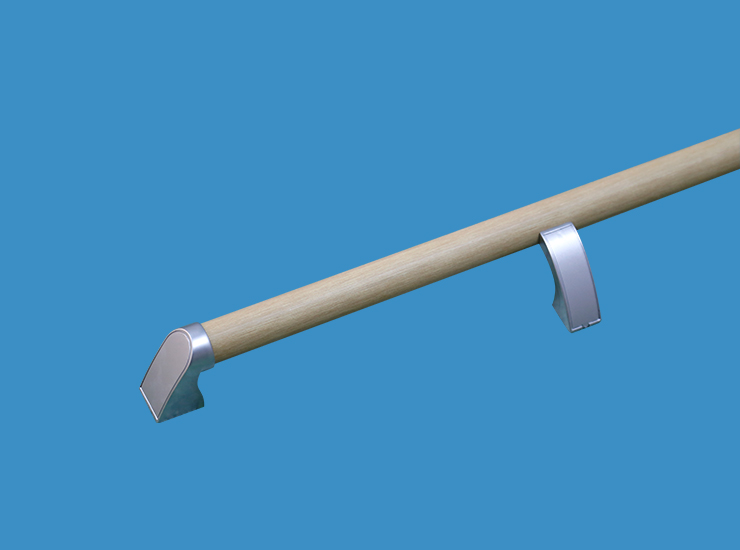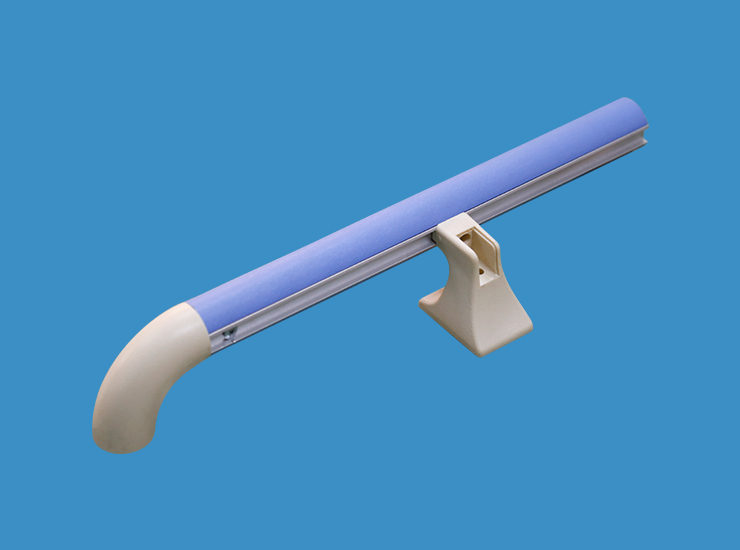 Service Hotline:13510328459
Service Hotline:13510328459
 205-206, 2nd Floor, Building 2, Xiazao Village Industrial Zone, Gaofeng Community, Dalang Street, Longhua District, Shenzhen City
205-206, 2nd Floor, Building 2, Xiazao Village Industrial Zone, Gaofeng Community, Dalang Street, Longhua District, Shenzhen City
 Service Hotline:13510328459
Service Hotline:13510328459
 205-206, 2nd Floor, Building 2, Xiazao Village Industrial Zone, Gaofeng Community, Dalang Street, Longhua District, Shenzhen City
205-206, 2nd Floor, Building 2, Xiazao Village Industrial Zone, Gaofeng Community, Dalang Street, Longhua District, Shenzhen City
Time:2025-09-02 Preview:
When it comes to ensuring the safety and comfort of our senior population, nursing homes must prioritize accessibility. A key component of this is the installation and proper use of accessibility rails. These rails serve as vital support systems that help prevent falls and enhance mobility for elderly residents. In this article, we'll explore the importance of nursing home accessibility rails, their benefits, and how they contribute to overall nursing home safety.

Accessibility rails in nursing homes are more than just safety features; they are lifelines for residents who need extra support. As individuals age, they often face mobility challenges due to factors like muscle weakness, joint pain, or balance issues. Accessibility rails provide the necessary aid to navigate these challenges safely and with dignity.
Fall Prevention: Falls are a leading cause of injury among the elderly. Accessibility rails offer a stable handhold, helping to prevent falls in areas like bathrooms, hallways, and staircases.
Enhanced Independence: With rails in place, seniors can move more freely and confidently, reducing the need for constant assistance from caregivers.
Increased Confidence: Knowing that there are supportive structures in place boosts the confidence of residents, encouraging them to engage more actively in daily activities.
Safety and Peace of Mind: For both residents and their families, the presence of accessibility rails provides reassurance that safety measures are in place.

There are various types of accessibility rails designed to meet different needs and areas within a nursing home. Here are some common types:
Bathrooms are one of the most hazardous areas for seniors due to slippery surfaces. Installing grab bars in showers, near toilets, and along bathtub edges can significantly reduce the risk of falls. These rails are typically made from materials that can withstand moisture and provide a secure grip.
Hallways and staircases can be challenging for residents with limited mobility. Handrails along these areas provide crucial support, aiding in balance and reducing the risk of falls. It's essential that these rails are installed at an appropriate height and are securely anchored to the wall.
For residents who may be prone to rolling out of bed or require assistance getting in and out of bed, bedside rails offer an extra layer of security. They can be adjusted or removed as needed, providing flexibility based on individual resident needs.
Proper installation and regular maintenance of accessibility rails are critical to ensuring their effectiveness. Here are some factors to consider:
Professional Installation: It's important to have rails installed by professionals who understand the specific needs of nursing home environments. This ensures that rails are securely fitted and comply with safety standards.
Correct Placement: Rails should be installed at a height and locati0n that maximizes their utility for residents. Consulting with occupational therapists can provide insights into optimal placement.
Regular Inspections: Conduct routine checks to ensure that all rails are secure and in good condition. Look for signs of wear and tear that could compromise safety.
Cleaning: Keep rails clean and free from obstructions. Regular cleaning prevents the buildup of substances that could make rails slippery or difficult to grip.

Installing accessibility rails is just one part of creating a safer environment in nursing homes. Here are additional strategies to enhance safety and comfort for residents:
Conduct thorough safety assessments to identify potential hazards in the facility. This includes checking for adequate lighting, removing tripping hazards, and ensuring that emergency exits are clearly marked and accessible.
Educate staff on the importance of accessibility features and how to assist residents in using them. Training should also cover emergency procedures and how to respond to accidents or falls.
Empower residents by educating them on how to use accessibility rails effectively. Encourage them to report any issues or concerns with the facilities so that prompt action can be taken.
Nursing home accessibility rails play a crucial role in ensuring the safety and well-being of senior residents. By providing support and stability, these rails help prevent falls, increase independence, and enhance the overall quality of life for seniors. Investing in the installation and maintenance of accessibility rails is a vital step in promoting a safe and supportive environment in nursing homes. As we continue to prioritize nursing home safety, accessibility rails will remain an indispensable tool in our efforts to protect and empower our aging population.
